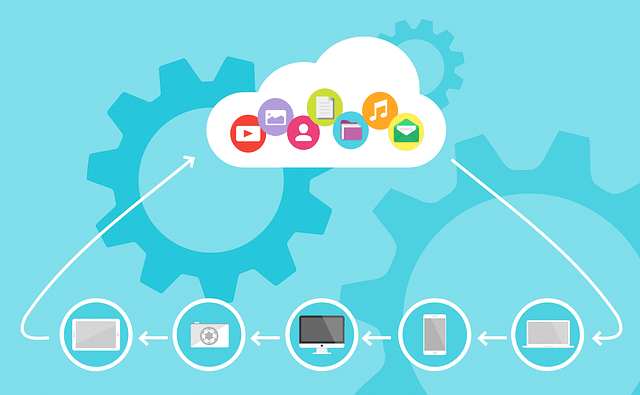Types of Cloud Computing Architecture

Cloud computing can be categorized into different types depending on the chosen criteria used.
However, there are basically three main types of Cloud computing models.
These 3 types of cloud computing are differentiated by their characteristics.
The first type, the centralized data store or cloud data center, stores all information for a single customer or application.
The second type is known as the service-oriented architecture (SOA) that relies on IT infrastructure to deliver the resources on demand.
The third and most unique of the Cloud architecture is called the end-to-end services architecture (ETA).
Types of Cloud Computing Models
A brief description of each of the Cloud architecture types is as follows.
- Centralized Data Storage
The first Cloud architecture type, the centralized data store, is modeled as a data center with a hardware administrator in charge of ensuring that all data is backed up, monitored, and secure.
This is the most common of the three-Cloud architectures and it is considered to be the foundation for all Cloud computing architectures.
The benefit of this Cloud architecture type is that it provides instant scalability by migrating minimum workload to the cluster, which saves resources on IT hardware and human capital.
It is highly cost-effective, but it has certain limitations such as lack of flexibility, slower response time for queries, reduced capacity, and bandwidth.
Another drawback is that only several IT administrators can make use of the centralized data store.
- Hybrid Storage
The second Cloud architecture type, the hybrid or public cloud model, refers to a computing environment in which both hardware and software are provided by an external service provider.
Hybrid cloud architecture allows for two or more virtualization layers.
In other words, it is a Cloud architecture that mixing private and public aspects of a hosted service.
Hybrid clouds are composed of several components, and a number of these components can be replaced over time.
Public cloud models rely on one website that is visible to users on the Internet. Hybrid clouds, on the other hand, use a common platform, which is then divided into several individual components.
Hybrid clouds are most often seen in hybrid mobile devices, such as smartphones and tablets.
A typical hybrid service would include components like a data store, micro-server, and an application server.
In the public cloud model, several private providers host the applications while the IT infrastructure consists of a number of servers.
This Cloud architecture type has several benefits, such as lower costs and higher capacity, greater operational efficiency, increased flexibility, and access to multiple applications.
However, there are some disadvantages such as lack of control over security and poor scalability.
- Utility-Cloud Model
The third and newest of the Cloud architecture types is known as the utility-cloud model.
The utility-cloud model, which was introduced in the year 2020, is comprised of several small, medium, and large companies that rely on common software and infrastructure to run their operations.
Most of the time, this Cloud model delivers fewer benefits than its counterparts.
However, it does provide significant benefits, such as improved deployment, greater agility, simplified management, and cost savings.






